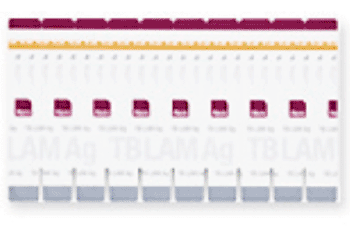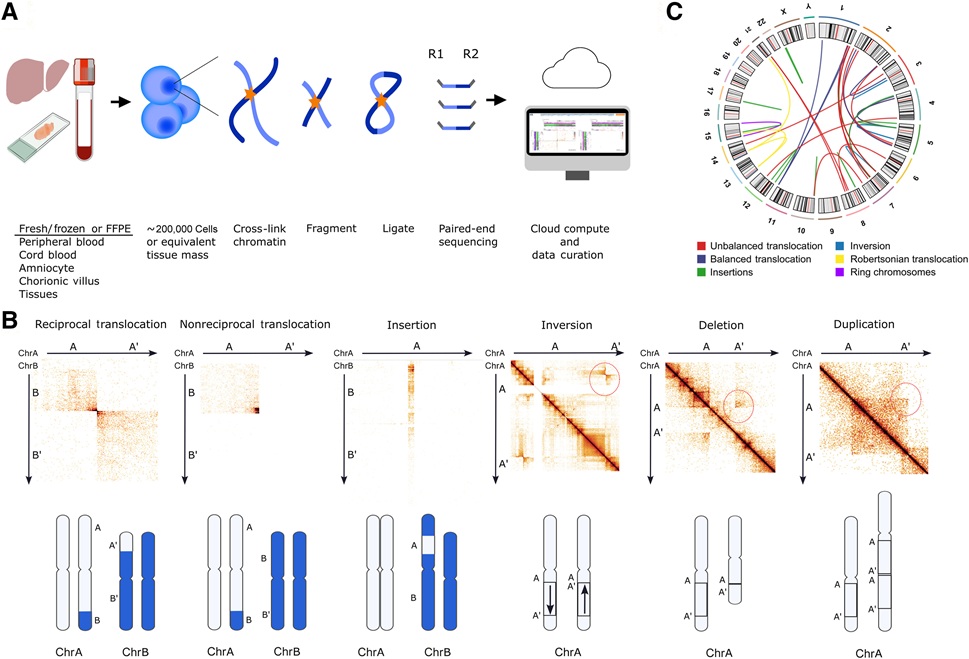HIV-Associated TB: Expert Discusses Diagnostic Potential of New Test
By LabMedica International staff writers
Posted on 05 Aug 2013
A low-cost point-of-care assay now available for diagnosing active tuberculosis (TB) in HIV-infected patients is discussed by an infectious diseases expert for its potential to reduce mortality.Posted on 05 Aug 2013
Clinical scientist and HIV-associated TB specialist Stephan D. Lawn, consulting physician for the London School of Hygiene and Tropical Medicine (London) and associate professor at the University of Cape Town (Cape Town, South Africa), offers an updated review of the potential usefulness of the Determine TB LAM Ag test from Alere, Inc. (Waltham, MA, USA). In an interview, of which the video and transcript were published in the journal BioMed Central – Medicine on July 4, 2013, Prof. Lawn discusses the test’s advantages and disadvantages, and its usefulness for TB screening in HIV-immunocompromised patients as the first readily available point-of-care test for TB, a leading cause of death in HIV/AIDS patients worldwide.

Image: The Alere Determine TB LAM Ag test for diagnostic screening of HIV-associated TB (Photo courtesy of Alere).
Prof. Lawn explains the main challenges, particularly in resource-limited settings where TB diagnosis relies on sputum smear microscopy and chest radiology, both of which are impaired in HIV coinfected patients, largely due to reduced pulmonary immunopathology. Pathology is further complicated by the fact that HIV coinfection increases the frequency of extra-pulmonary disease.
Alere’s LAM assay is based on detection in urine of lipoarabinomannan (LAM), a glycolipid component of the Mycobacterium tuberculosis cell wall. A preliminary ELISA was developed into a simple lateral-flow strip-test – an immunochromatographic assay similar to a urine pregnancy test. The test requires only 60 μL of fresh urine sample, with no prior sample processing. Results are read at point-of-care after only 25 min, enabling physicians to make informed treatment decisions that permit TB-positive HIV patients to begin treatment immediately, at the same clinic visit, unlike current high- and low-tech methods requiring more time or even a centralized laboratory setting.
The main disadvantage is that this test is restricted to patients with HIV infection and advanced immunodeficiency (as defined by CD4 count [less than 200 cells/μL] or by WHO clinical staging characteristics). Prof. Lawn adds, “the likely reason for this is that such patients have a much higher risk of disseminated disease and therefore a greater likelihood of LAM being present in urine.” Also, the optimal cut-off for scoring as TB positive or negative has yet to be finalized and needs to consider both diagnostic accuracy and ease of use. Finally, additional clinical studies are needed to further increase the evidence base on its diagnostic accuracy and to more broadly assess its impact on clinical outcomes.
Nevertheless, already for the key subsets of patients for whom the rapid, low-cost Determine TB LAM Ag assay applies, particularly in resource-limited regions, “there is the real potential to accelerate diagnosis and treatment and thereby reduce mortality risk,” said Prof. Lawn. And, though, this is not a stand-alone assay, it “shortens the time to diagnosis in the sickest patients and increases overall sensitivity when used in combination with other assays. So this assay may play an important role in the diagnostic algorithm,” Prof. Lawn added.
Related Links:
London School of Hygiene and Tropical Medicine
University of Cape Town
Alere














